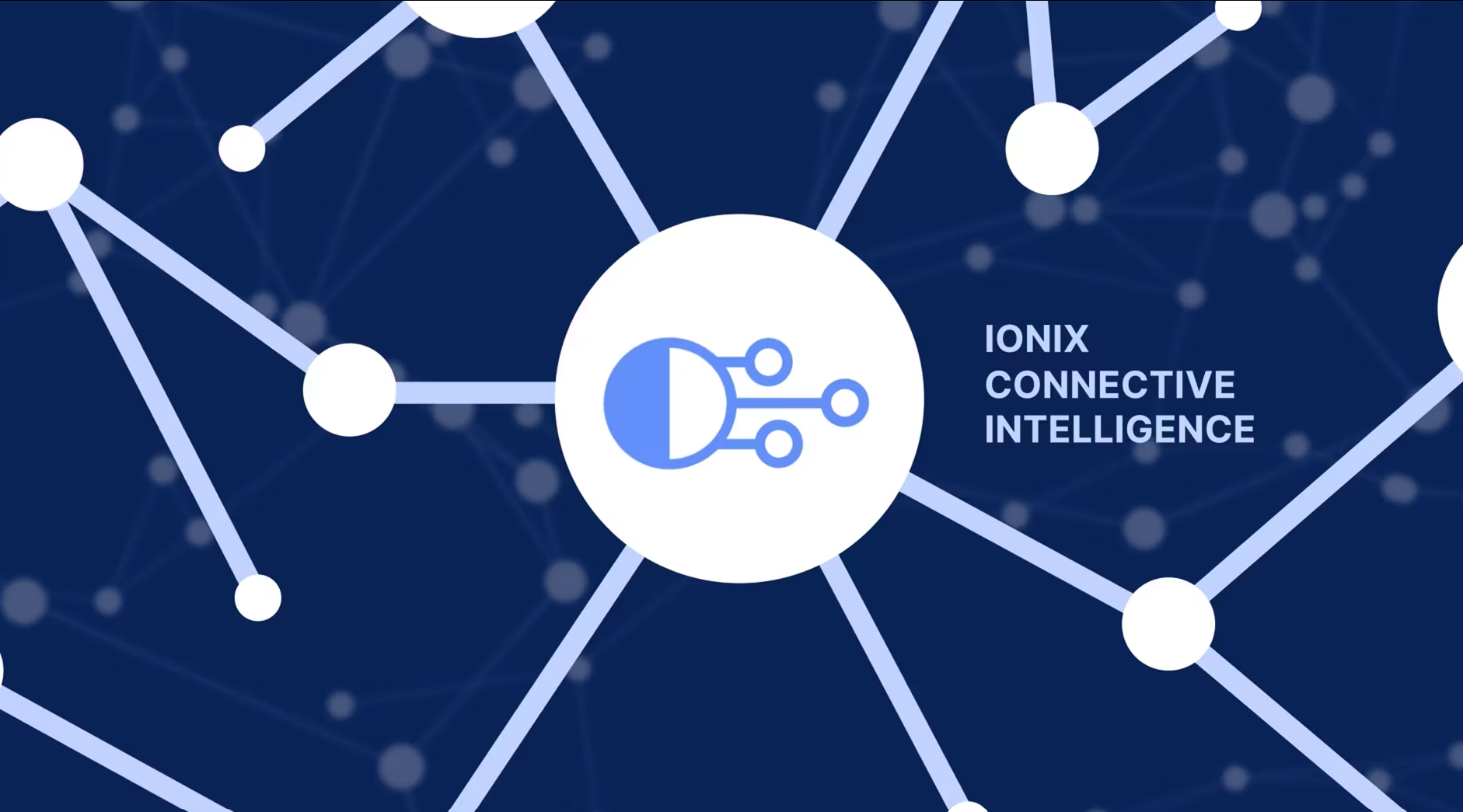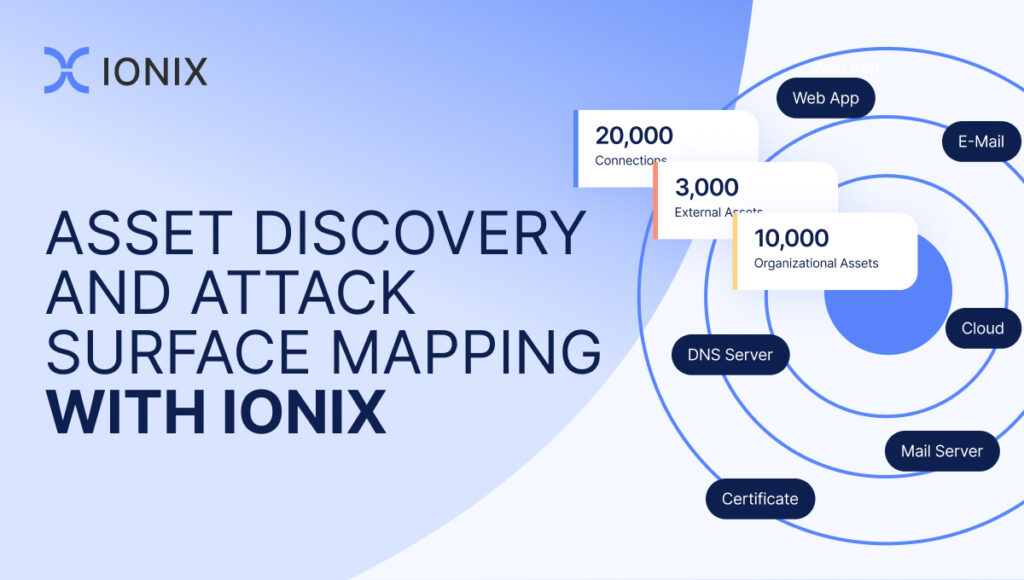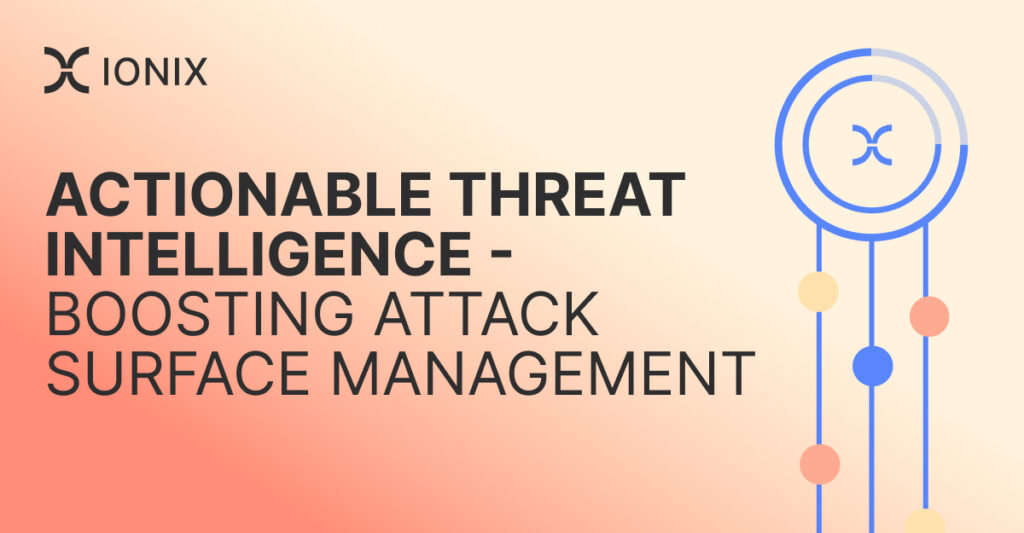Attack Surface Management vs. Vulnerability Management: What’s the Difference?

Attack surface management (ASM) and vulnerability management (VM) are often confused, but they’re not the same. The primary difference between the two is scope: Attack surface management and external attack surface management (EASM) assume that a company has many unknown assets and therefore begin with discovery. Vulnerability management, on the other hand, operates on the list of known assets.
What is Vulnerability Management?
A vulnerability is a weakness in an asset that could potentially be exploited by cyberattacks. Vulnerability management is a set of processes and tools a company uses to identify, classify, prioritize, and mitigate potentially exploitable vulnerabilities in systems or networks and provide visibility into your company’s cybersecurity health. This is done using vulnerability scanners, which can be active or passive:
- Active vulnerability scanners test nodes or endpoints by sending transmissions and analyzing the responses to identify potential weaknesses. They can be used to simulate known attacks against a target in the way a potential attacker would try to carry out the attack, with the goal of uncovering security vulnerabilities.
- Passive vulnerability scanners monitor operating systems that are in use, software, and the availability and status of services. This helps security teams understand what is being sent to and from the endpoints throughout a system or network.
Vulnerability management tools manage the workflow process, including assigning any mitigation tasks necessary to eliminate a potential weakness. These solutions focus on a single asset or a portion of your company’s overall IT environment without concern about how assets are interconnected and how a weakness in one asset could impact other assets.
What is Attack Surface Management?
An attack surface is the total of all assets — physical, digital, and human — and weaknesses in a company’s environment that could be exploited by attackers. It encompasses all assets that are accessible from the internet. Attack surface visibility aims to discover and expose the risks of unknown, unmonitored, and unprotected assets.
Attack surface management provides a more holistic view of what your company’s environment looks like from the outside, from an attacker’s perspective. ASM considers both internal and exposed assets, and it understands how assets are connected and the potential impacts a breach of one asset could impact other assets.
Attack surface management also provides guidance on where to prioritize your resources to address issues on assets that are important to your organization and assets hackers are most likely to exploit.
Isn’t Vulnerability Management Enough?
According to the National Institute of Standards and Technology (NIST), there were 18,378 vulnerabilities reported in 2021. Modern enterprise environments are dynamic, dispersed, and growing, making it impossible for security teams to mitigate all potential entry points. Companies need visibility over the entire attack surface to protect it adequately.
There are many things vulnerability management doesn’t account for, including:
- Unknown cloud services, web applications, mail servers, etc.
- Shadow IT
- Ad hoc implementation
- Merger and acquisition risk evaluations
- Not up-to-date asset records
- Introductions of unpatched and untested assets
- Out-of-date and vulnerable operating systems
- Third-party applications
- Third-party supply chain connections
Attack Surface Management vs. Vulnerability Management: Key Differences
Vulnerability management is a subset of ASM/EASM. However, because attack surface management is a new market that emerged in mid-2021, it’s considered part of the vulnerability management market in terms of market size and value.
There are several key differences between attack surface management and vulnerability management. First, vulnerability management manages what you know, while attack surface management finds what you have.
Vulnerability management also doesn’t consider how assets are connected and how a vulnerability impacting one asset can impact others. ASM, on the other hand, is more proactive, providing a holistic view of your company’s assets and the threats they face. Attack surface management considers how networks, applications, and assets are connected and covers all entry points throughout your company’s IT infrastructure, applications, APIs, data, etc.
IONIX is an attack surface management platform that goes further to discover your exposure, identifying your internet-facing assets, how they’re connected, and mapping your attack surface.
IONIX multi-layered vulnerability assessment engine provides continuous vulnerability and risk identification, ranking, and prioritization, so you can focus on your biggest risks. Active Protection freezes your most vulnerable assets in your supply chain, stopping attackers in their tracks until your security team can mitigate the risk.
Final Thoughts
Attack surface management and vulnerability management work together. If you’re employing attack surface management, you’re also employing vulnerability management, as both address vulnerabilities — but in different ways. Vulnerability management and attack surface management complement one another and are stronger together.
Vulnerability management provides insights into your known assets and what threats they face in isolation, while external attack surface management solutions like IONIX discover assets you didn’t know you had. IONIX provides a comprehensive view of your company’s assets, how they’re connected, and what threats they face, as well as what risks an attack on one asset could pose to other connected assets. Learn more about external attack surface management and get a free scan from IONIX today.




